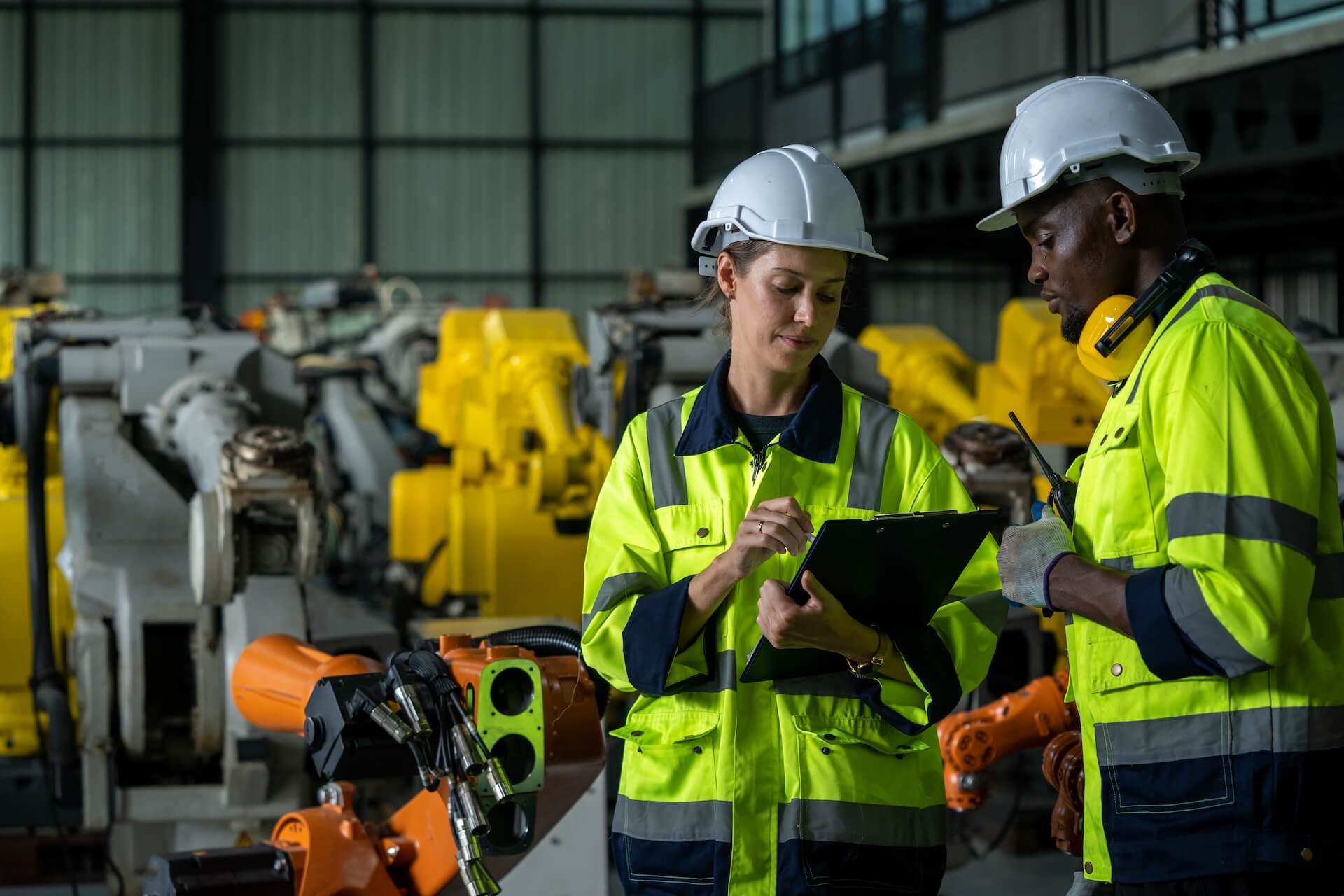
Innovation in Mining
Humans have been extracting minerals and ore from the earth for thousands of years. In that time, we have developed new methods that have improved our ability to acquire these resources. Over time, incremental improvements and advances in technique have led to the development of the modern mining industry, which continues to feel the effect of innovation today. Mining provides the materials that make up our lives – from the steel in buildings to the rare earths in our mobile phones. Innovation in mining is a driver of civilisation in the 21st century.
CMQ Engineering is the international leading mining engineering company in terms of quality, innovation, and customisation. We work with global mining firms to help them achieve peak operational performance, and we want to do the same for you. Contact our team today by calling 07 3879 3288, or get in touch via our online form with questions or for purchasing information.
Innovation in Mining Industry – Our Top 5
Canaries
It may seem strange to see a bird on a list of innovations in mining, but the domestic canary saved the lives of countless miners. Carbon monoxide is a flammable and extremely poisonous gas that can be found in underground mines. It is odorless and colourless, making it difficult for early miners to detect. That changed in the late 1800s when miners started carrying caged canaries into mines to detect the dangerous gas.
Being small and more sensitive, the exposed canary would get sick and die before carbon monoxide or other poisonous gases affected the human miners. This acted as a way of warning the miners that they needed to escape or put on respirators. It was such a successful innovation in mining that other industries use ‘canary in the coal mine’ as an idiom referring to any early warning system.
Electricity
This innovation changed so many aspects of human life, but it had an especially big impact on mining. As mines got access to consistent and reliable sources of electricity, miners were able to use electric drills, electric lights, and electric conveyor belts, all of which improved efficiency and speed of production. The use of electric lights had an especially big improvement on safety, as miners no longer needed open flame based light sources such as oil lamps – reducing the risk of fires and explosions.
Open Pit Mining
For many, the word mine conjures up the image of a man-sized hole in the side of a mountain, leading into an underground mine, framed by wooden supports. There have been various kinds of surface mining techniques in practice since ancient times, but underground mining had remained the most prevalent mining method for precious metal extraction until recent times.
That all changed with advances in mechanisation that are used in open-pit mining. Mining firms are now able to extract and process vast amounts of ore, around the clock, and at a scale never imagined. This has become the most well-known kind of mining in Australia, fuelling the commodities boom that is a major driver of our economy.
Rail
In the 20th century, computers and the internet were new technologies, and we continue to experience these every day. The technology that had the same kind of global, world-changing impact in the 19th century was rail, which brought about the industrial revolution and urbanisation.
Rail transport also led to many changes and advances in the mining industry. The market for mined materials was greatly expanded and mining firms were able to move more ore, further, and at greater speeds. Rail is still a big part of mining today as a means of easy transport of large quantities of cargo to and from a site, with machines like CMQ Engineering’s rail wagon unloader specifically designed to take advantage of this technology.
Cement
This is another advancement that played a big role in the development of society as we know it today. It’s hard to say exactly which aspect of the modern world was most greatly changed by cement, but it could be argued that mining is one of them. Cement has been used to develop the transportation infrastructure needed for large scale mining, including roads, bridges, and tunnels. But cement also revolutionised structural support and reinforcement methods used in underground mining.
This has led to fewer collapses, making mines safer, and greatly reducing injuries and deaths. Miners are now able to dig deeper and further into the Earth to exact more ore than ever before. Cement is such an important part of mining that many mining operations will have dedicated cement storge silos and static concrete batch plants on site.
The Leaders in Mining Innovation
CMQ Engineering are on the forefront of innovation in mining, concrete, agriculture, and quarrying. We strive to develop the best technologies and fabrication methods for the equipment that powers mining firms around the world. Benefit from our experience by engaging with our expert team. We’ll work with you to provide custom made mining plants and other equipment that will enhance your mining operations. Get in touch with us today by calling on 07 3879 3288 or contact us through our online form with questions or for purchasing information.



Sorry, the comment form is closed at this time.